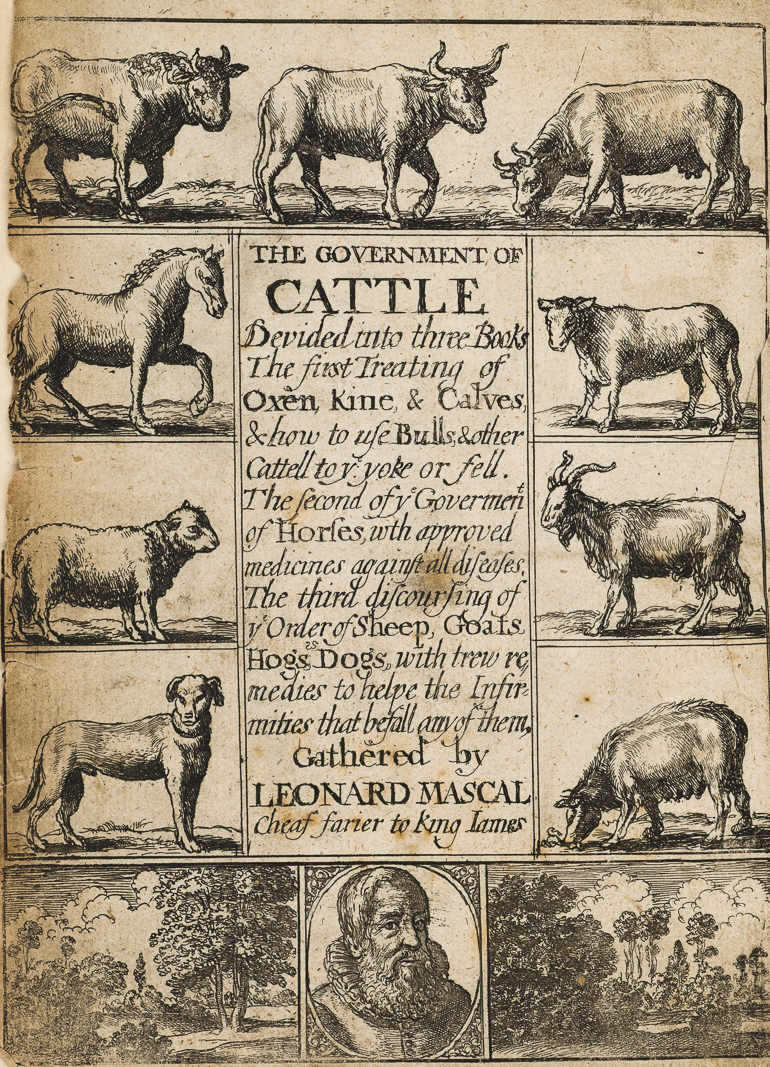For today’s WOVEMBER WORDS we examine a 1596 document by Leonard Mascal, as it is introduced by Barclay Wills in his own fantastic tome, ‘Shepherds of Sussex’. Words from both ‘Government of Cattel’ and ‘Shepherds of Sussex’ indicate the unchanging aspects and long history of much of the work involved in Growing Wool and it is interesting to note the old spelling of Shepherd: “Shepheard.”
In 1596 Leonard Mascal published his Government of Cattel, one section of which was devoted to sheep. The author was a member of an old family settled at Plumpton, Sussex, and although no mention of the county appears in his book on sheep some extracts are quoted here, for among his notes and instructions on the managemenet and doctoring of sheep a few passages suggest that many of the scenes so familiar to us in these days are repetitions of those in vogue nearly three hundred and fifty years ago.
Here is a paragraph relating to sheep pens:
“…And also to make your Pens neere the fields or pastureside in some dry ground, and make also partitions therein to receive smal troupes of forty or more, with gates unto them, that when ye have drawne them ye may fasten each gate by himselfe, and there the shepheard may turne them, and looke if any of them be faulty in any other cause, and therein to amend them. For if his Penne be made in parts he may take and divide them at his pleasure, and when he hath taken so many as he shall thinke needfull he may turne all the rest for pasture. And those which are in the Penne he may use as he shall thinke good : this shall suffice for your Penfold.”
My interview with Walter Wooler, at marking time, records this arrangement of small pens with “gates” carefully fastened when the sheep were drawn in small lots for marking.
Referring to the shepherd and his dog the author says:
“Also he must teach his dog to barke, when he would have him to run, and to run and to leave running when he would, or else he is no cunning Shepheard.”
We see the result of the same careful teaching to-day. A familiar sight on the Downs is the dog, obeying a look, a movement, or muttered command, rounding up a flock and returning to the shepherd’s side directly a signal is given.
Writing of trimming, which is occasionally necessary to keep sheep clean, the author gives us a little word-picture of the shepherd with his gear:
“If it be the hot time of Summer it were good to rub (the place) over with a little tarre to keepe flies away. Also Shepheards should have a little board, by his fold side, to lay his sheepe cleane thereon when hee dresseth him, and his tar-bottle to hang ready therebu fast on a forked sticke. He should not goe without a dogge and his sheep-hooke, knife, sheeres and tar-boxe ever with him or at his fold.”
– Barclay Wills, Shepherds of Sussex, published in 1938 by Skeffington & Son, Ltd. London
